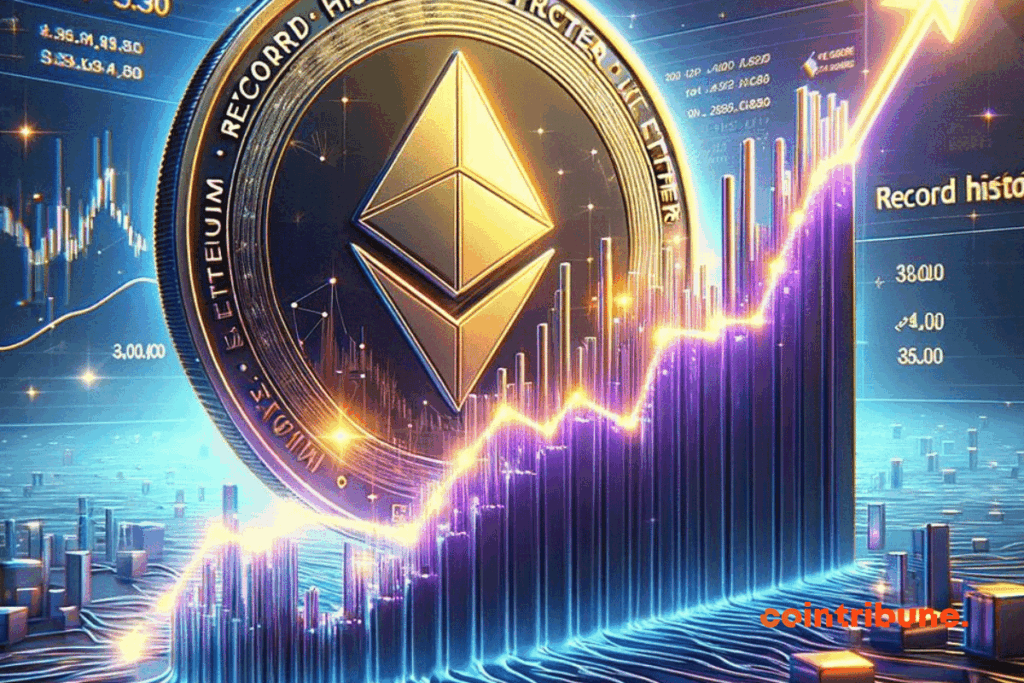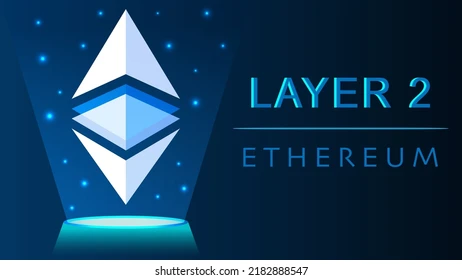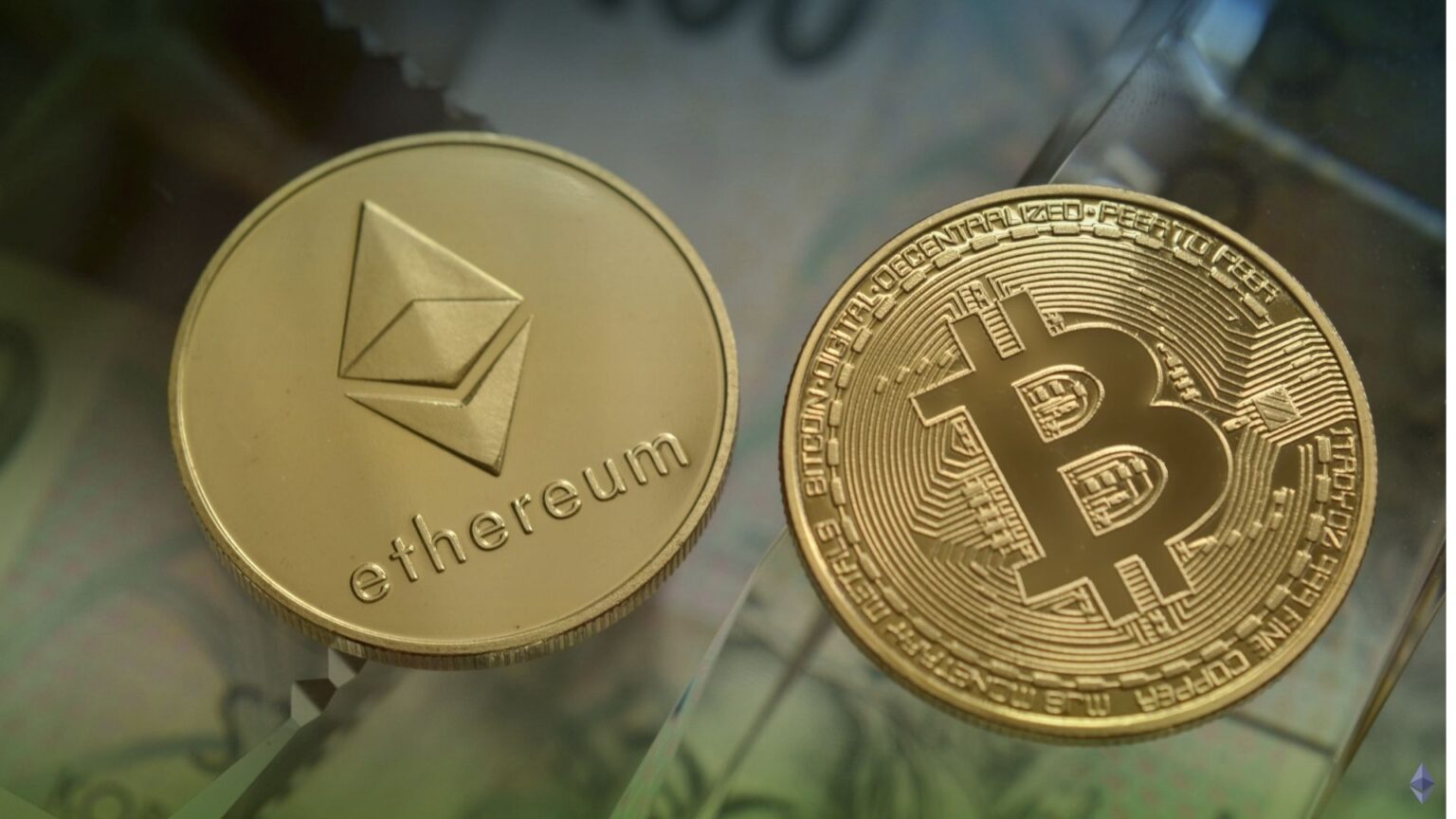It’s More Than Just Another Crypto. Let’s Dive Into What Makes Ethereum a “World Computer” and Why It’s Powering a Digital Revolution.
Alright, so we’ve talked about Bitcoin – that digital gold, the pioneer of peer-to-peer electronic cash. You’re probably thinking, “Okay, another one of those?” Well, yes and no. While Ethereum does have its own cryptocurrency called Ether (ETH), thinking of Ethereum as just another Bitcoin is like saying a smartphone is just another telephone. It does that, sure, but oh boy, it does a whole lot more.

Imagine if Bitcoin is like a super-secure digital calculator, great for one specific job (sending and receiving value), then Ethereum is more like a global, decentralized supercomputer that anyone can build applications on. It’s a platform. This is the fundamental difference that gets people so excited.
The magic ingredient that makes Ethereum so versatile is something called “smart contracts.” Now, don’t let the fancy name scare you. Think of a smart contract like a super-powered vending machine. With a regular vending machine, you put in money (the condition), and it automatically gives you a soda (the outcome). Smart contracts are similar but way more flexible. They are basically programs stored on the Ethereum blockchain that automatically execute the terms of an agreement when certain conditions are met – all without needing a middleman. For example, a smart contract could automatically release funds to someone once a specific task is verified as complete, or manage digital ownership of an item. It’s all code, running exactly as programmed, transparently on the blockchain.
Because of these smart contracts, developers can build “dApps” (decentralized applications) on top of Ethereum. These are like the apps on your phone, but instead of being run and controlled by a single company (like Facebook or Google), they run on the Ethereum network. This means they can be more resistant to censorship, more transparent, and can operate without a central point of failure. We’re talking about everything from financial tools (often called DeFi, or Decentralized Finance), to games, social media platforms, and systems for managing digital art or collectibles (hello, NFTs!).
So, where does Ether (ETH) fit into all this? Ether serves two main purposes:
- It’s the fuel: Just like you need gas to run a car, you need Ether to make things happen on the Ethereum network. Every time you want to make a transaction or run a smart contract, you pay a small fee in Ether. These fees are called “gas fees” and they compensate the people who help run and secure the network (similar to Bitcoin miners, though the underlying mechanisms are evolving).
- It’s a cryptocurrency: Like Bitcoin, Ether can also be bought, sold, and traded on exchanges. Its value can go up or down based on demand and the overall health of the Ethereum ecosystem.
Ethereum was first proposed in late 2013 and brought to life by a young programmer named Vitalik Buterin and a team of co-founders. Their vision wasn’t just to create another digital currency, but to build a flexible, programmable blockchain that could support a vast range of applications, essentially creating a new, decentralized internet.
How’s it different from Bitcoin, in a nutshell?
- Purpose: Bitcoin aims to be digital money. Ethereum aims to be a platform for running decentralized applications.
- Programmability: Bitcoin has limited scripting capabilities. Ethereum is highly programmable thanks to smart contracts.
- Coin’s Role: Bitcoin (BTC) is primarily a store of value/currency. Ether (ETH) is also a currency but crucially acts as “gas” to power the network.
Naturally, building something this ambitious comes with its own set of growing pains and challenges.
- Gas Fees: When the network gets busy, those transaction fees (gas) can sometimes get pretty high, making small transactions uneconomical.
- Scalability: Like many popular blockchains, Ethereum has faced challenges in handling a huge number of transactions quickly. However, the network is undergoing significant upgrades (often referred to as Ethereum 2.0 or consensus layer upgrades) aimed at making it faster, more efficient, and more scalable.
- Complexity: Building and interacting with dApps can still be a bit complex for the average user, though user-friendliness is constantly improving.

Despite these hurdles, Ethereum has become the backbone for a massive chunk of the crypto world, including the DeFi movement and the NFT craze. It’s a vibrant, constantly evolving ecosystem that’s pushing the boundaries of what’s possible with blockchain technology.
So, while Bitcoin might be the “digital gold,” Ethereum is striving to be the “digital oil” – the foundational layer powering a new generation of decentralized services. It’s not just about sending money; it’s about building a more open, transparent, and user-controlled internet. And that, kanka, is a pretty big deal.







